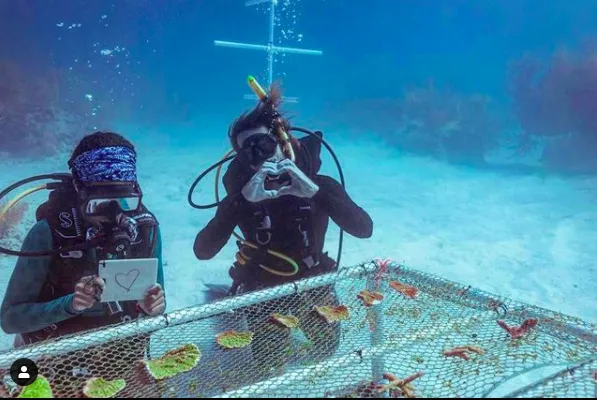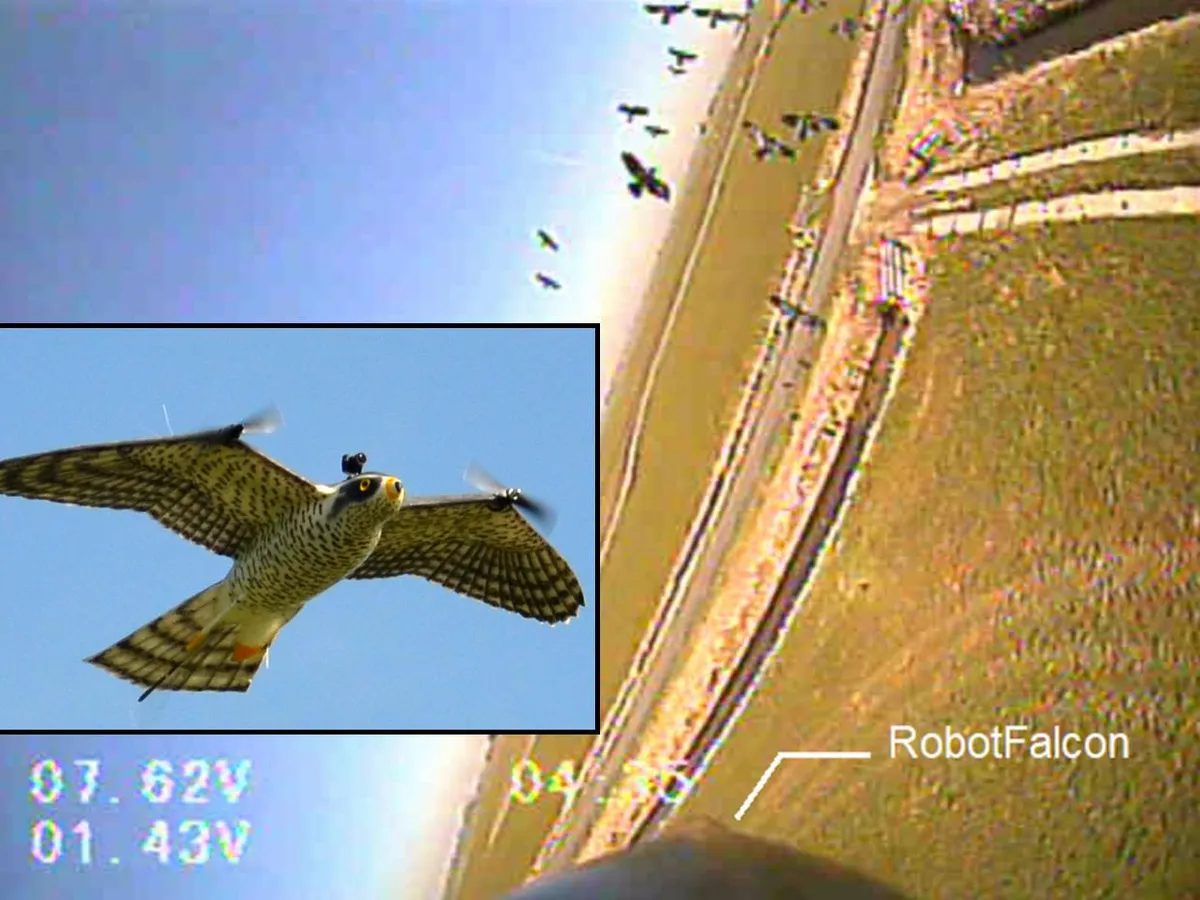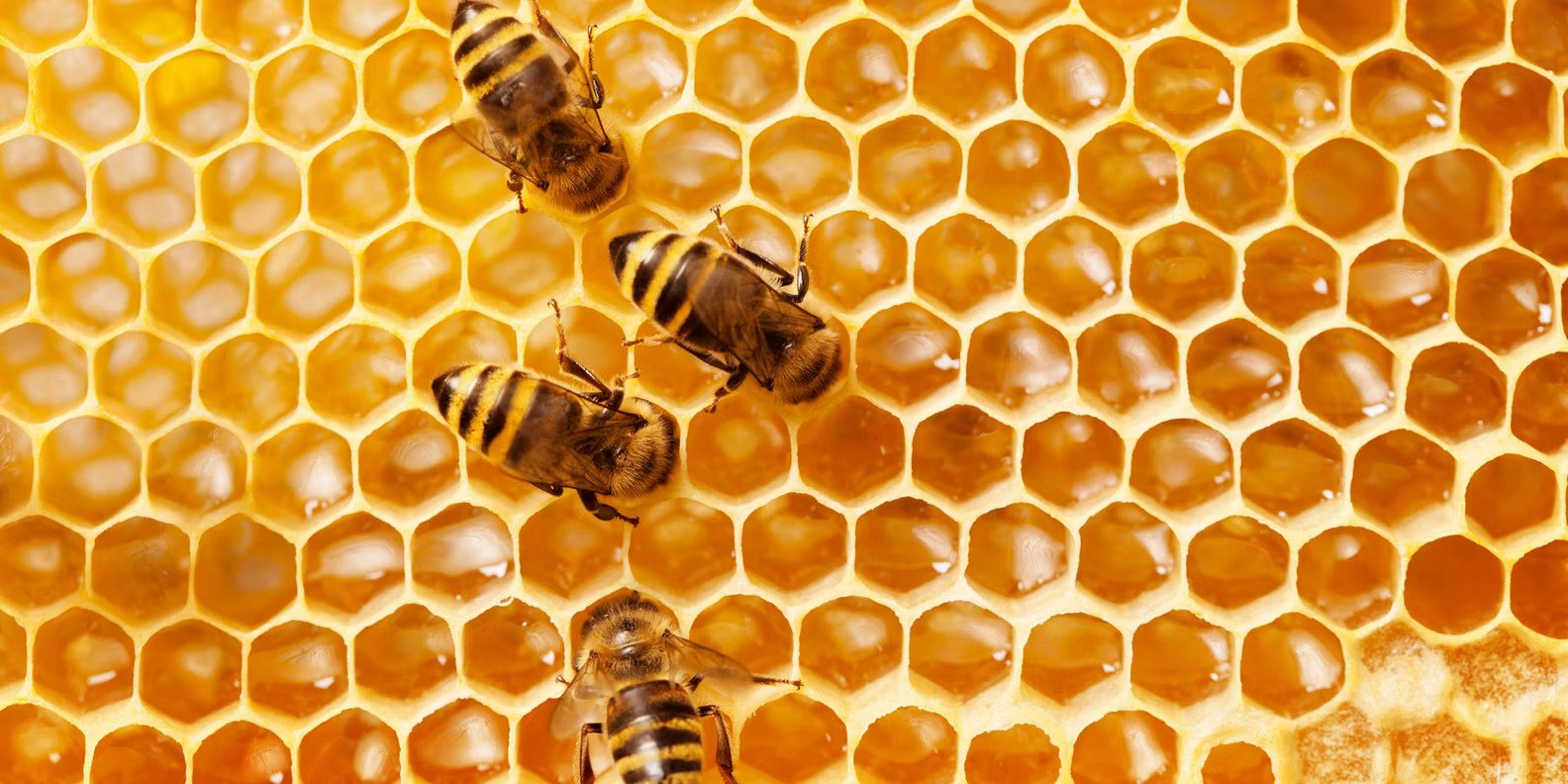The United States is witnessing aggravated cases of foodborne illnesses. Infections are estimated at around 48 million annually, 120,000 of whom require hospitalization, while 3,000 people die from this illness. In the same context, one out of every six Americans gets food poisoning annually. Given the scale and gravity of this situation, a solution was necessary to fight foodborne illnesses.
Las Vegas health department was among the first entities to tackle this challenge. The city collaborated with the University of Rochester and the National Science Foundation to develop nEmesis app, which relies on natural language processing and artificial intelligence. This app, launched in 2016, helps health departments collect food poisoning-related social media posts. The app's mechanism links tweets and restaurant pages by using geotagging and identifying likely food poisoning hot spots. On another note, the app can also be used to detect other health conditions in different areas for controlling mosquitoes or rating a doctor's visit.
The first phase of the project focused on preparing location-based epidemiology. This step improved the city's restaurant inspection protocols, mainly because health departments in Las Vegas and other cities typically use a random selection system for inspections. nEmesis employs smart algorithms to identify possible sites of infection during the three-month experimental phase. The app was originally designed to analyze 4 million tweets through deep learning algorithms trained to recognize keywords associated with a foodborne illness, such as the phrase "I feel nauseous."
To benefit from traditional methodologies and the advantages of the nEmesis app, the team concerned with the controlled experiment performed half of the inspections using the random approach and the other half with nEmesis, without the inspectors being aware of any changes in the system. Researchers successfully provided the city hall with a list of the highest-priority locations for inspections due to potential adverse health impacts. The experiment scanned 16,000 tweets from 3,600 users every day. This scanning indicated that 1,000 of these tweets were linked to a specific site, and 12 of them contained data suggesting food poisoning. In order to test the app's efficacy, Las Vegas tweets were geotagged within 50 meters of a specific restaurant, then Twitter users were added to the database and monitored over a period of five days to learn whether they stayed in the city or crossed its borders. In the next phase, the team used a language model to assess tweets and locate foodborne illnesses reported by users. This is how restaurants were ranked according to the number of customers who recorded food-poisoning symptoms. Social media was also used as part of the distributed network of sensors to monitor these users and motivate city hall to conduct more effective inspections.
Once the experiment was complete, the researchers analyzed the results and found that the tweet-based system detected violations in 15% of inspections, compared to the 9% when the random system was used. Some of the inspections led to warnings while others resulted in closures. During the three-month controlled experiment, the researchers noticed that improving the effectiveness of restaurant inspections led to 9,000 fewer food poisoning cases and 557 fewer hospitalizations in Las Vegas. Testament to the app's success, nEmesis received an Innovative Applications of Artificial Intelligence award at the 30th Association for the Advancement of Artificial Intelligence (AAAI) conference in 2016.






